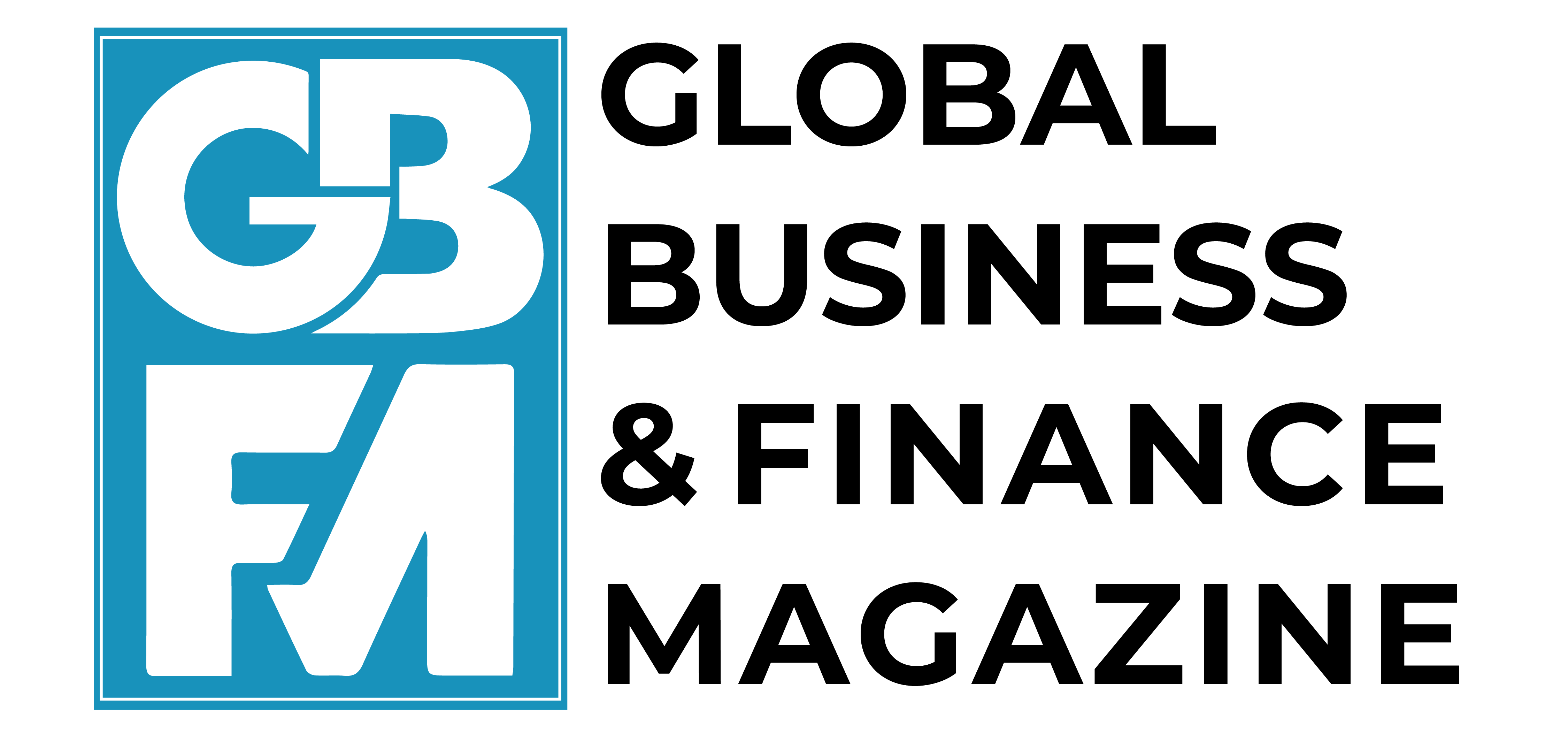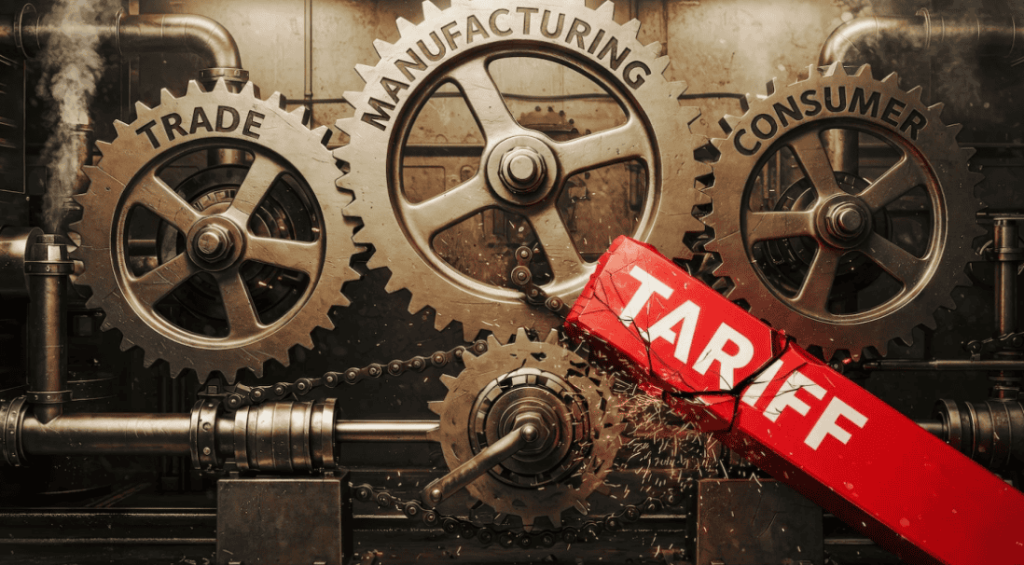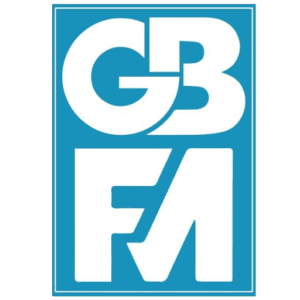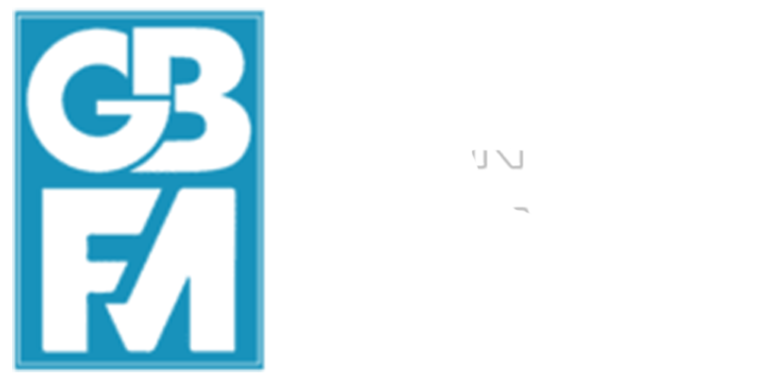President Trump’s “Liberation Day” announcement triggered a discussion of whether import tariffs can reduce trade deficits or boost certain industries. This column develops a model, calibrated to the US economy, which illustrates how a uniform import tariff generates both expansionary effects upstream and contractionary effects downstream and is highly inflationary, reflecting its hybrid nature as both a positive demand shock and a negative supply shock. Policymakers seeking to stimulating short-term economic growth through tariffs should target sectors that play a larger role in final consumption and in purchasing from other domestic sectors, while central banks should prepare for a prolonged period of elevated inflation.
The announcement of the “Liberation Day” tariffs by President Trump in April 2025 has triggered a broad discussion about the conditions under which import tariffs can – if at all – reduce trade deficits or boost certain industries (Auclert et al. 2025, Auray et al. 2025, Rodriguez-Clare 2025). When it comes to the short-run impact of import tariffs, the level at which tariffs are imposed is crucial. A tariff on final goods shifts expenditures toward domestically produced goods; it constitutes a positive demand shock. In contrast, a tariff on raw materials or intermediate goods increases costs for domestic producers; it constitutes a negative supply shock. Because of this, there is little doubt that import tariffs are inflationary (Monacelli 2025, Powell 2025a).
For the same reason, however, their short-run impact on GDP depends on the entire input–output network of the economy, as we establish in a recent paper (Antonova et al. 2025). Our analysis is based on a New Keynesian model of a small open economy with a fully specified production network. In this framework, imports can enter at all stages of the production process as well as in final consumption. We calibrate the model to the US economy, accounting for 63 distinct sectors.
How tariffs propagate through the domestic supply chain
Before reporting model simulations, we establish the main idea. Figure 1 illustrates a stylised production network of a ‘vertical economy’. Sector 1 uses only labour as input, while sectors 2 and 3 use both labour and the output of their adjacent upstream sector. Only the good produced by sector 3 is used in final consumption.
Figure 1 Stylised three-sector vertical production network


Notes: This figure depicts a three-sector vertical chain economy, in which sector-specific imported inputs are used at all stages of production. An import tariff is imposed on sector 2.
An import tariff imposed on goods that compete with those produced by sector 2 boosts economic activity not only in sector 2 but also in sector 1. Intuitively, the tariff shields sector 2 firms from foreign competition. This raises demand for sector 2 goods – and, because sector 2 sources inputs from sector 1, also demand for sector 1 goods. As a result, economic activity in both sectors expands. At the same time, intermediate inputs in sector 3 become more expensive, causing output in Sector 3 to decline. This example illustrates how import tariffs propagate simultaneously upstream and downstream through the supply chain – producing different effects on economic activity along the way. In our paper, we formally establish this mechanism using a full N-sector model and a set of simplifying assumptions that ensure analytical tractability.
Evidence from US data
We provide empirical evidence in support of our theoretical results based on US data for sectoral output. Our sample spans the period from 2005Q1 to 2024Q3. Most of the variation in (effective) tariff rates stems from the policies of the first Trump administration. To account for the role of the production network in the propagation of tariffs, we rely on theory and construct a measure of a sector’s exposure to tariffs. Specifically, we calibrate input-output linkages based on the ‘Use Table’ of the Bureau of Economic Analysis and construct time series of effective upstream and downstream tariffs for 63 sectors, considering the direct and indirect supplier and customer linkages between the sector in question and all sectors in which tariffs are applied.
We then estimate impulse response functions to tariff changes in the (a) upstream, (b) downstream, and (c) own sector using local projections. The results, shown in Figure 2, are consistent with our theory: following a sectoral tariff increase, output increases in upstream sectors but decreases in downstream sectors. We find no significant effect of the tariff in the sector itself.
Figure 2 Propagation of tariffs on domestic sectoral output


Notes: Output responses in upstream sector (a), own sector (b), and downstream sector (c) after tariff increase. Shaded areas represent 68% (90%) confidence intervals.
Model simulations
Given the empirical support at the sectoral level, we use the model to quantitatively assess the macro impact of a unilateral import tariff of 10%, applied uniformly across all US imports. The model is calibrated to capture the full input-output linkages among 63 sectors of the US economy. For this purpose, we consider data on sector-level labour, intermediate inputs, and import shares available from the Bureau of Economic Analysis’ Use Tables and account for heterogeneity in price rigidity across sectors. We impose that aggregate exports equal aggregate imports in the steady state, while preserving each sector’s relative share in total exports. Monetary policy is assumed to stabilise domestic producer prices through an interest rate feedback rule.
Figure 3 Aggregate and sectoral effects of a uniform 10% import tariff




Notes: Simulated responses to temporary uniform 10% import tariff in U.S. economy (imposed unilaterally). Top row: Responses of GDP in percent (left) and CPI inflation in percentage points (right) when accounting for the full production network (red solid line with markers) and when disregarding input-output linkages (blue dotted line). Bottom row: Responses of sectoral value added in percent (left) and domestic producer prices, measured in percentage points (right), in the full model. Each line represents one sector; line width is proportional to the sector’s size.
Figure 3 presents the responses to a temporary import tariff, with aggregate GDP and inflation displayed in the top panels. The solid (red) line represents the baseline model with input-output linkages. To illustrate the role of these linkages, we also show results from an alternative version of the model that excludes input-output interactions, depicted by the dotted (blue) lines. The prediction of this model differs fundamentally from the baseline. In the presence of the network, the tariff induces a sizeable contraction in GDP – downstream propagation clearly outweighs any expansionary upstream effect. In contrast, the model without network would predict an increase of GDP.
For inflation, there is also a sizable difference, although the sign of the response does not change. With the input-output network, the inflationary response is fairly persistent; without the network linkages, the inflationary impact is short-lived instead. This distinction has important implications for how monetary policy responds to the shock. For example, in March 2025, Fed Chairman Powell suggested that monetary policy might look through the inflationary effects of tariffs, provided they are only short-lived (Powell 2025b).
The bottom panels of Figure 3 show the full set of sectoral value-added (left) and prices (right) responses. The effects are highly heterogeneous, with some sectors even experiencing a boom – consistent with the arguments made above. Prices, on the other hand, increase across all sectors.
Outlook and policy implications
A uniform tariff, when applied to a highly diversified economy such as the US, generates both expansionary effects upstream and contractionary effects downstream. In our calibrated model, the latter clearly dominates in the aggregate. Nonetheless, the tariff is highly inflationary, reflecting its hybrid nature as both a positive demand shock and a negative supply shock. As a caveat, we note that our analysis is limited to the case of a small open economy and does not capture international production networks as, for instance, in Kalemli-Özcan et al. (2025). Moreover, it is not suited to analyse the effects of retaliatory tariffs, a theme central to some of the works referenced above.
However, these limitations do not affect the main insights of our analysis. Policymakers aiming to stimulate short-term economic growth through tariffs should target sectors that play a larger role in final consumption and in purchasing from other domestic sectors, rather than those that primarily supply intermediate inputs to other industries. Central banks, meanwhile, should prepare for a prolonged period of elevated inflation, even if the tariffs themselves decline over time.
Source : VOXeu



































































